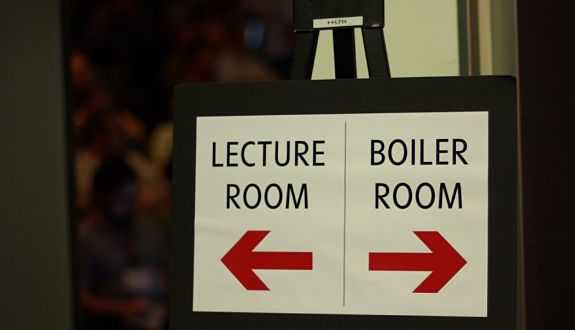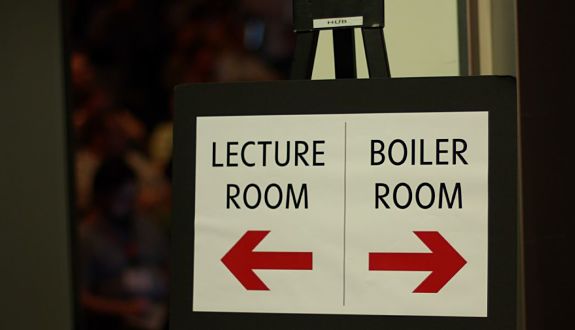Practice Exam 2: A “Choose your own adventure” story
- by
- Aug 07, 2017
- LSAT
- Reviewed by: Matt Riley


You’ve been hard at work studying for the LSAT over the last couple months, and the moment of truth has arrived–it’s time to take your second practice test. You set aside some time on the weekend for a grueling five sections, consoled only by the thought of the shining “180” that is sure to light up the screen when you score the test. The moment of truth has arrived, and you check your answers, only to see–what’s this?? Can this be true? Your second practice test score is not, in fact, dozens of points higher, but within a point or two of your first test (or maybe even slightly lower)!!!
Do you: (A) Start building a bonfire for your LSAT books; (B) Send your instructor a panicked email; or (C) Look for the silver lining?
(A) Start building a bonfire
Well, pack it in. It looks like you just don’t have what it takes to become a lawyer. Your dreams, much like your study materials, go up in smoke, and amid the anguished cries of your friends and family you begin submitting applications for your friendly neighborhood fast food restaurants. The End.
(B) Email your instructor
Frantically, you dash off an email to your LSAT instructor detailing your woes. Your instructor–who is glued to her computer 24/7 to respond to any students in distress–sends you a prompt response, asking a couple follow-up questions to probe what went wrong. You begin to feel the calm wash over you. After reassuring you that this experience is completely normal and that most students don’t see much of an improvement in their scores on the second practice exam, the instructor helps you pinpoint a couple areas to focus on practicing for the next few weeks, and provides you with some helpful encouragement; go to (C) Look for the silver lining.
(C) Look for the silver lining
Although you’ve learned a lot by the time you take your second practice exam, there is still much to learn. There are probably whole question types you haven’t touched yet, and don’t even get me started on timing, which is probably rather ugly at this point.
We can mentally split the practice test into three chunks. The first category consists of questions that you haven’t learned how to handle yet–for instance, certain question types, or the comparative Reading Comprehension passage. If you got those right, that’s great, but if not then don’t sweat it. We aren’t expecting you to magically infer the right answer for questions you haven’t practice yet.
The second category consists of questions that you know how to handle, but that you didn’t have time to attempt. You should go back and redo these questions to ensure that you can get them right, but since you probably had to guess on them during the test, it’s not a big deal if you got them wrong the first time around.
The third and final category consists of questions that you have learned how to tackle and that you had time to attempt. This is where you should focus your attention as you review the test. If you got most of these questions right, that’s great! You probably have a firm handle on the question types. Review the ones you got wrong, and then proceed to new material. However, if you got some of the questions in this category wrong, you should spend some more time practicing that question type, as it’s important to make sure you understand it well and have a high accuracy rate before you move on.
After you have thoroughly reviewed questions in this third category, proceed to the next lesson (and get ready to repeat the adventure all over again with your next practice test!).
Search the Blog

Free LSAT Practice Account
Sign up for a free Blueprint LSAT account and get access to a free trial of the Self-Paced Course and a free practice LSAT with a detailed score report, mind-blowing analytics, and explanatory videos.
Learn More
Popular Posts
-
logic games Game Over: LSAC Says Farewell to Logic Games
-
General LSAT Advice How to Get a 180 on the LSAT
-
Entertainment Revisiting Elle's LSAT Journey from Legally Blonde








